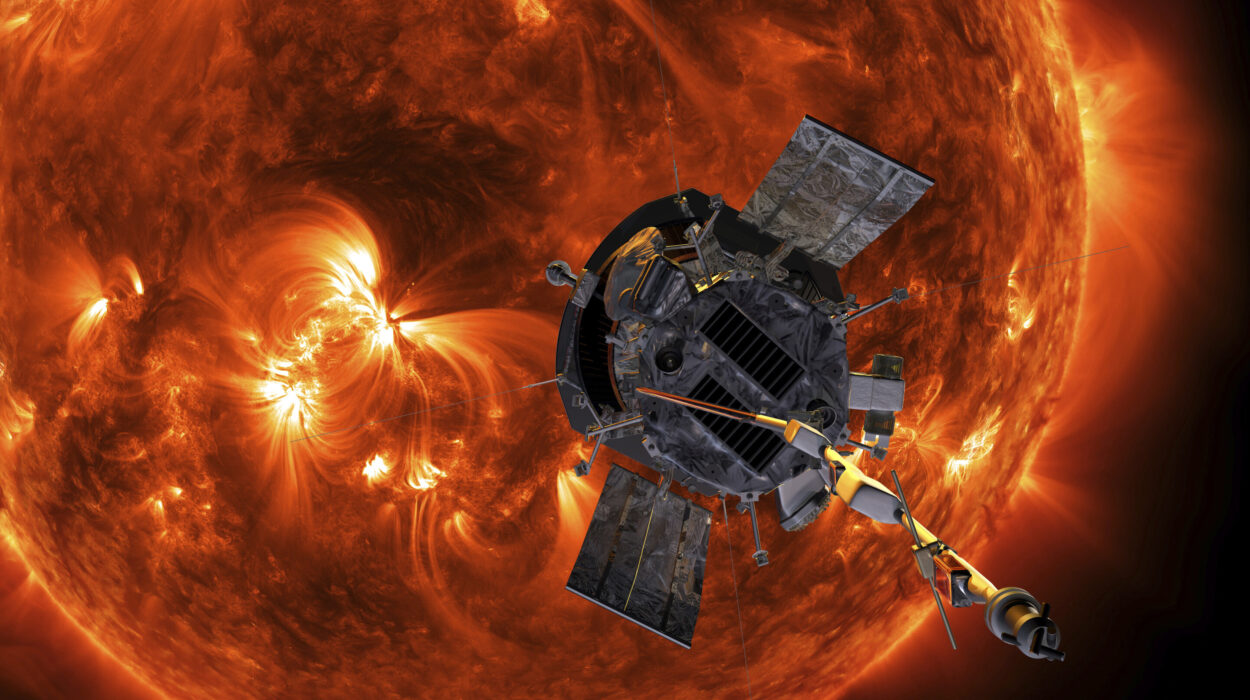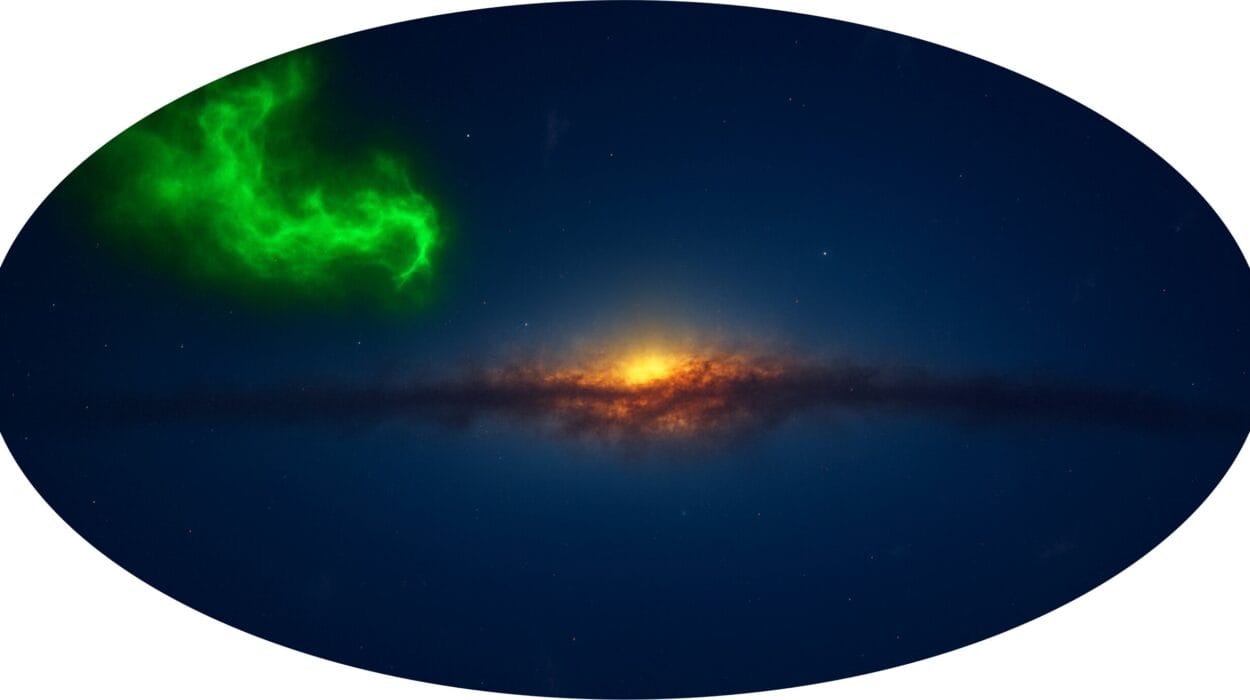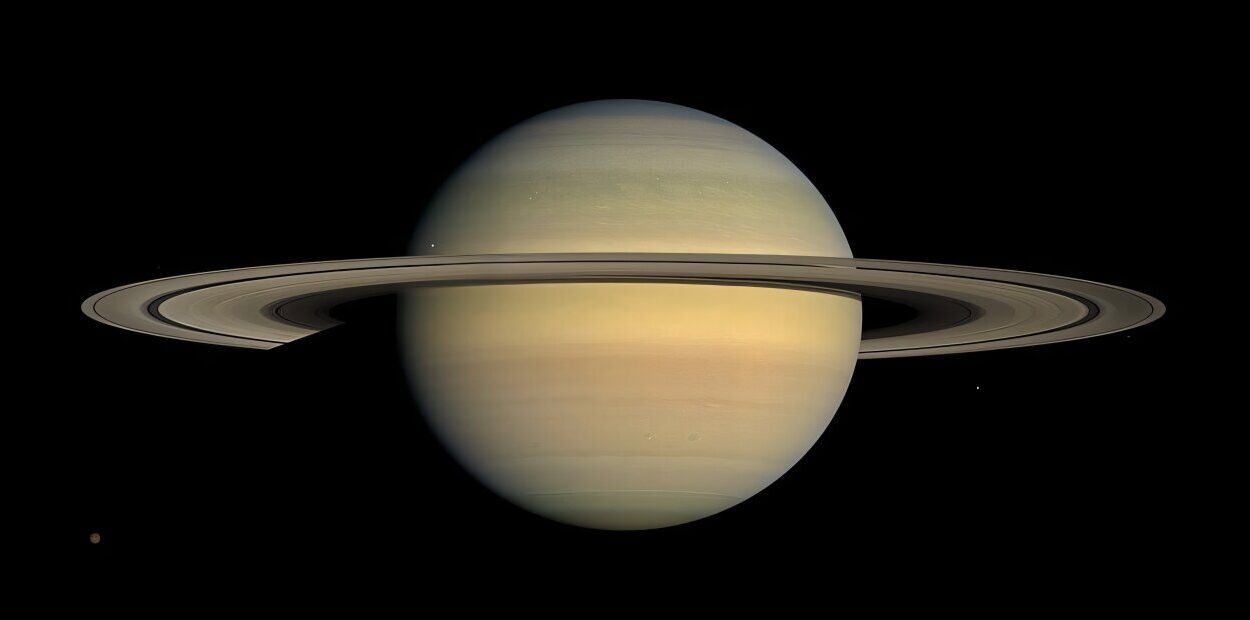For as long as humanity has gazed at the stars, we’ve wondered: Are we alone in the universe? The night sky, scattered with stars like ancient runes etched in the heavens, has beckoned our imaginations into the dark unknown. In our modern age, with radio telescopes tuned to distant whispers and satellites that sweep the void, we’re no longer just wondering. We’re listening.
And sometimes… we hear something strange.
Welcome to the story of alien signals. A saga of discovery, doubt, and decoding—where science meets mystery, and where a single transmission might rewrite everything we thought we knew.
The Cosmic Silence
Before we dive into the signals themselves, we need to understand the vast emptiness we’re dealing with. Space isn’t just big. It’s absurdly big. The distances between stars are so immense that even light—zipping along at nearly 300,000 kilometers per second—can take years, centuries, or longer to reach us. If someone (or something) out there is trying to talk, their message might take lifetimes to arrive.
And yet, despite the cold silence, we’ve kept listening.
The idea isn’t new. Back in 1899, none other than Nikola Tesla believed he had intercepted extraterrestrial radio signals while experimenting with wireless transmissions. His claims were dismissed, but they planted a seed. What if space was trying to speak, and we just weren’t ready to hear it?
The Search Begins: SETI and the Great Listening Posts
Fast forward to 1960. Astronomer Frank Drake turned the idea into a serious scientific effort. With Project Ozma, he pointed a radio telescope at two nearby stars—Tau Ceti and Epsilon Eridani—hoping to hear… anything. It was the first modern search for extraterrestrial intelligence (SETI).
Drake got static. But he didn’t give up.
He soon developed the famous Drake Equation, a kind of cosmic probability formula that estimates how many civilizations in our galaxy might be trying to communicate. The numbers were staggering. Even with conservative guesses, there could be thousands of alien civilizations out there.
So why haven’t we heard them?
Maybe we have.
The “Wow!” Signal: A Shout in the Dark
August 15, 1977. Ohio State University’s Big Ear radio telescope was scanning the sky when it picked up something extraordinary. A 72-second-long burst of radio energy came from the constellation Sagittarius. It was so strong, so unlike the usual noise, that astronomer Jerry Ehman circled it on the data printout and wrote one word next to it:
Wow!
The “Wow!” Signal became legend. It was a narrowband signal at 1420 MHz—the hydrogen line, a frequency many believed would be used for interstellar communication. It was exactly what we’d expect an alien signal to look like.
But we never heard it again.
Despite dozens of follow-up searches, the “Wow!” signal remained a lonely shout in the dark. Was it a message? An accidental transmission? Or just a strange, one-time cosmic event? No one knows.
But it was enough to keep us listening.
Fast Radio Bursts: Cosmic Morse Code or Natural Phenomena?
In 2007, something new hit the airwaves. Astronomers studying old data from Australia’s Parkes Observatory stumbled upon a bizarre signal—a millisecond-long flash of radio energy from deep space. They called it a Fast Radio Burst (FRB).
At first, scientists thought it might be an error. But more FRBs followed, and soon telescopes worldwide were catching them—brief, bright, and baffling. They seemed to come from distant galaxies, billions of light-years away.
Some FRBs repeated. Others were one-offs. But the mystery was clear: We had no idea what was causing them.
Could they be alien messages? Some scientists entertained the idea. In 2017, researchers at Harvard speculated that FRBs could be powerful energy beams used to propel alien spacecraft—think giant cosmic sails pushed by focused radio waves.
Was this far-fetched? Maybe. But FRBs remain unexplained. And their regular, almost artificial patterns keep some wondering if we’re eavesdropping on alien technology.
The Language of Aliens: How Would They Speak?
Let’s say we do receive a clear signal from another civilization. How would we decode it? How do you understand a language without a Rosetta Stone—or even a shared biology?
Scientists have long wrestled with this. A message from space might not use words or pictures. It might rely on mathematics, the one truly universal language. Prime numbers, geometric shapes, or sequences like the Fibonacci series could form the basis of a simple, logical communication.
Take the Arecibo Message. In 1974, humans sent this powerful radio transmission toward a star cluster 25,000 light-years away. The message encoded numbers, chemical formulas, and a stick figure of a human—all in binary, a language of 1s and 0s.
If we can do it, so can they. But deciphering an alien message would require more than decoding math. It would demand an understanding of their intentions, their way of thinking, and their perception of reality. It’s not just translation. It’s cross-species, cross-civilization, cross-cosmos understanding.
And that’s assuming they want to talk to us at all.
Artificial Intelligence: The Ultimate Code Breaker?
Decoding a potential alien signal might be beyond human minds. But AI could help.
Artificial intelligence has become an essential tool in SETI. Machine learning algorithms sift through mountains of data from radio telescopes, looking for patterns that human observers might miss. In 2021, AI discovered eight new repeating signals from distant stars that had previously gone unnoticed.
AI doesn’t get tired. It doesn’t get bored. It doesn’t miss a blip in the static. And it could be our best hope for recognizing an alien transmission hidden in the cosmic noise.
But would AI know what to listen for? Could it recognize meaning? We don’t know yet. But one day, an AI might be the first to say, “We’ve got a message.”
The Ethics of Contact: Should We Say Hello?
Suppose we get a message. What then? Do we reply?
The debate over “Active SETI” is fierce. Some argue we should send out messages, letting the universe know we’re here. Others warn that broadcasting our presence is dangerous. After all, we don’t know who’s listening.
Stephen Hawking was among the cautious. He believed contacting alien civilizations could be risky, drawing attention from potentially hostile species. He likened it to indigenous tribes making contact with European colonizers—history didn’t end well for the locals.
But others argue that any advanced civilization capable of hearing us would already know we’re here. Earth has been leaking radio and TV signals into space for over a century. I Love Lucy might be the first thing an alien civilization learns about humanity.
Still, the question remains: If we get a message, do we answer? And what do we say?
The Galactic Club: Are We Being Watched?
There’s another theory. Maybe aliens are out there, but they’re deliberately ignoring us. It’s called the Zoo Hypothesis. We’re like animals in a galactic zoo, observed but left undisturbed until we’re ready.
In this view, advanced civilizations follow a kind of Prime Directive, waiting for us to reach a certain level of development before making contact. Our radio telescopes are like primitive drums, beating out a call that more advanced species can hear but choose to ignore.
And maybe they’re already here, watching.
Signal Hoaxes and False Alarms
Not every strange signal comes from aliens.
In the 1960s, British astronomer Jocelyn Bell Burnell discovered a series of regular radio pulses. She and her team jokingly labeled it LGM-1, for “Little Green Men.” But it wasn’t aliens. It was a pulsar—a rapidly spinning neutron star emitting beams of radio energy.
More recently, in 2015, researchers detected strange radio signals they couldn’t explain—until they realized they were caused by a microwave oven at the observatory. Sometimes, the truth is mundane.
But false alarms are part of the process. Each one teaches us something, sharpening our tools for the next discovery.
Breakthrough Listen: The Biggest Hunt Yet
Today, the most ambitious search for alien signals is underway: Breakthrough Listen. Funded by tech billionaire Yuri Milner and backed by Stephen Hawking (before his death), it’s a $100 million project scanning millions of stars and galaxies.
Breakthrough Listen uses some of the world’s largest telescopes, including the Green Bank Observatory in West Virginia and the Parkes Observatory in Australia. It collects petabytes of data, all combed by AI and human scientists alike.
So far? Nothing confirmed. But the search has only begun.
If We Get the Message: The Day Earth Stands Still
Imagine the moment.
A signal comes in. It’s unmistakably artificial. It repeats. It has structure. It’s a message from another world.
What happens next?
First, scientists would verify the signal. Multiple observatories would need to confirm it’s real and not an error or hoax. Then governments and international organizations would be notified. The discovery would likely be made public (despite some conspiracy theories).
And then humanity would face a moment of reckoning.
Religions would ponder the theological implications. Philosophers would debate our place in the universe. Economies might tremble as humanity’s focus shifts beyond Earth. Wars might stop. Or not.
And what if the message said something we didn’t expect? A warning? An invitation? A set of instructions for technology beyond our understanding?
The discovery of alien intelligence would be the most profound moment in human history.
Conclusion: Keep Listening
As of now, the universe remains silent. But that doesn’t mean no one’s out there. The search continues, with ever-more sensitive instruments and powerful computers. Maybe the signal is on its way right now, a burst of radio energy speeding toward us from across the stars.
Or maybe we’re the first. The pioneers.
Either way, we listen. Because to listen is to hope. And in that hope, we find not just the possibility of alien life, but a new understanding of ourselves.
We are, after all, the species that listens to the stars.






